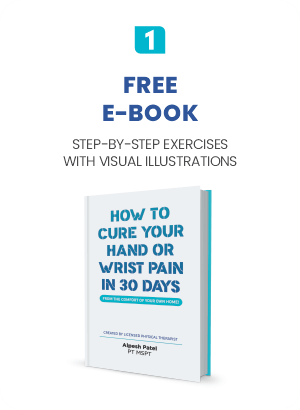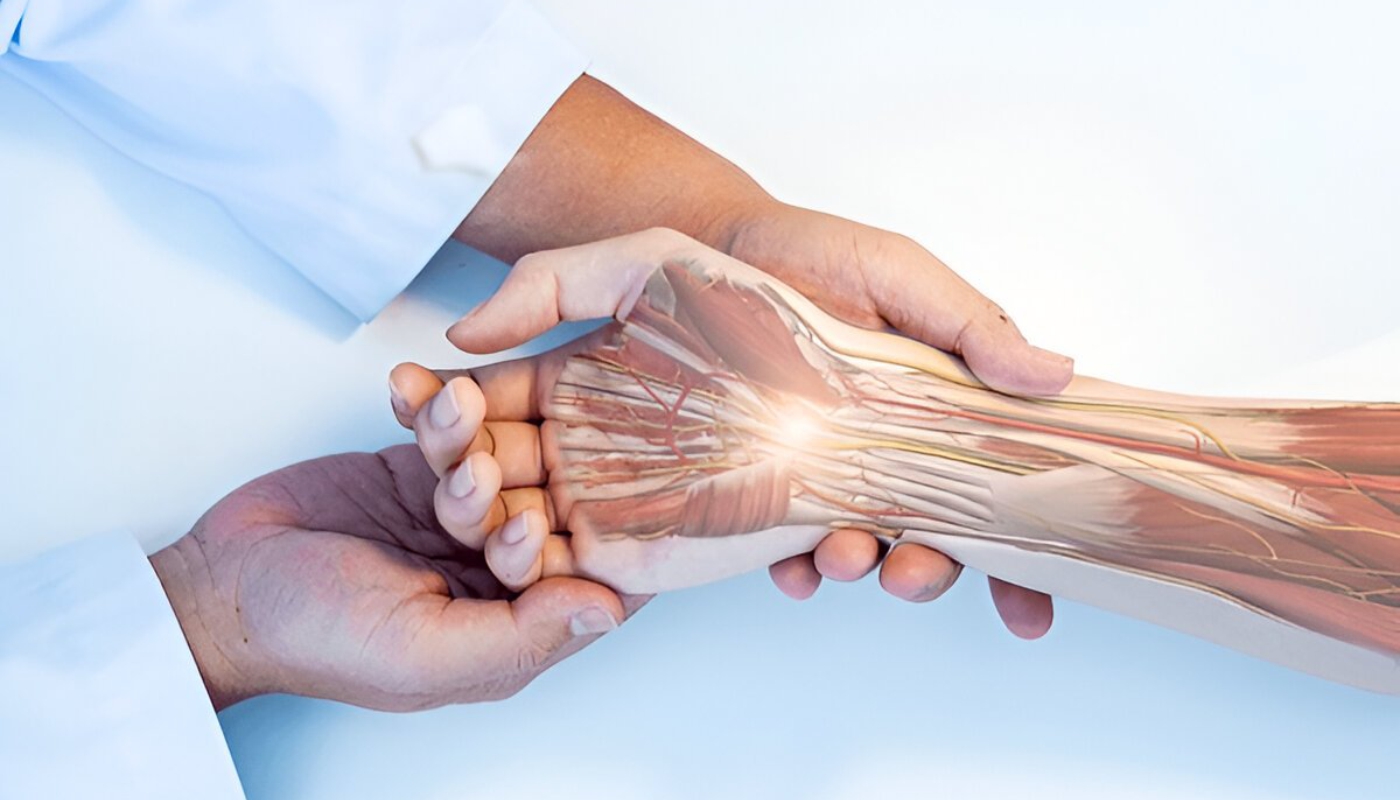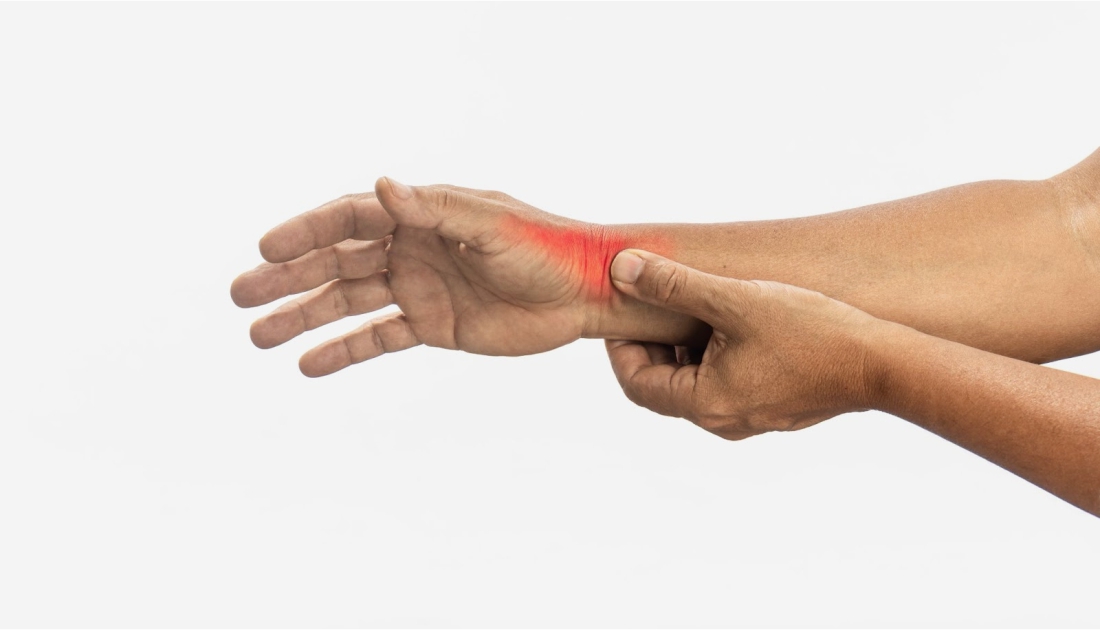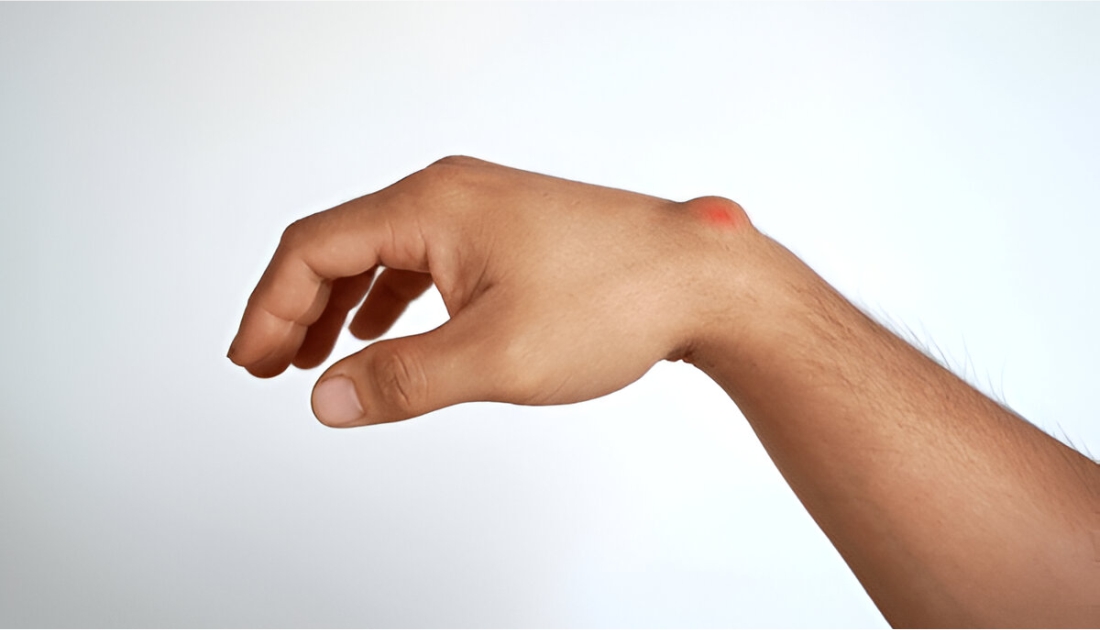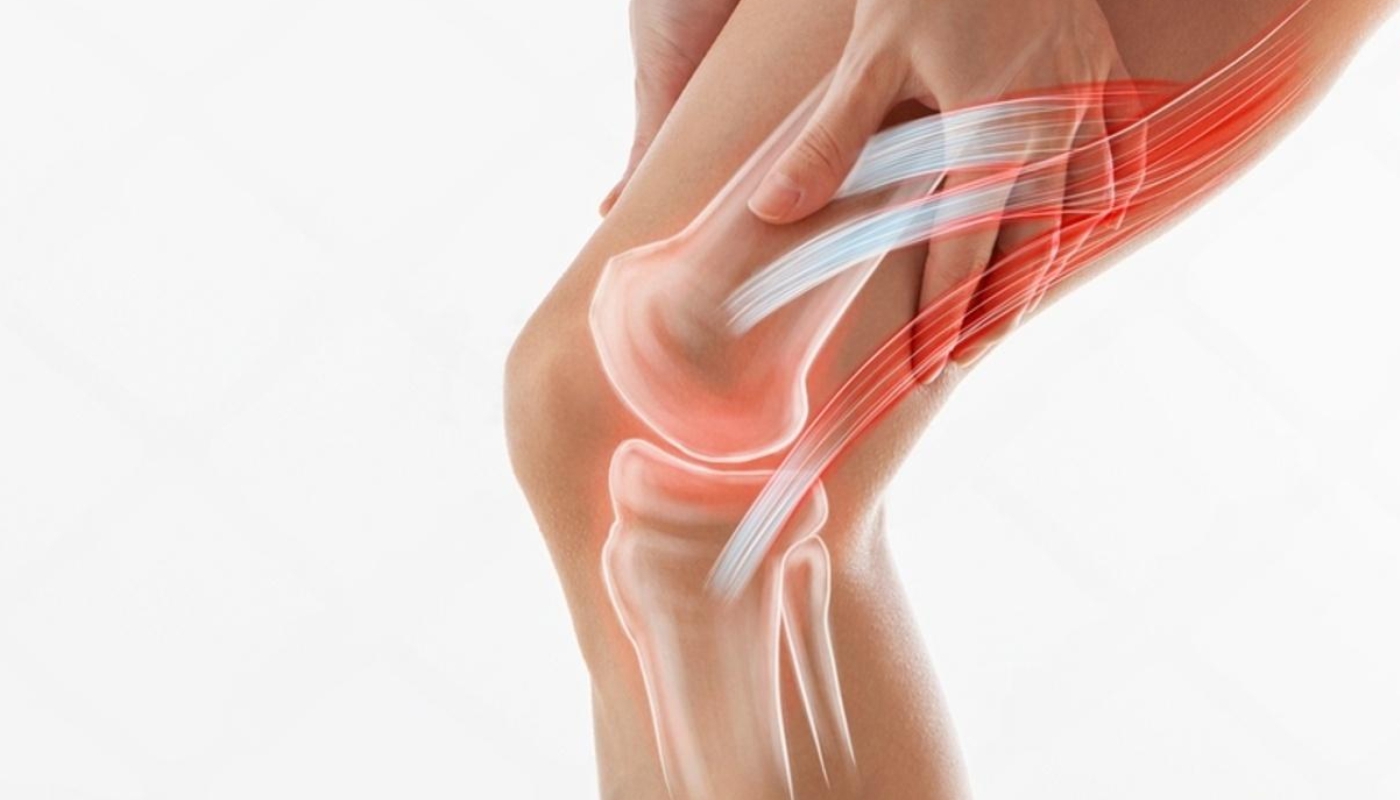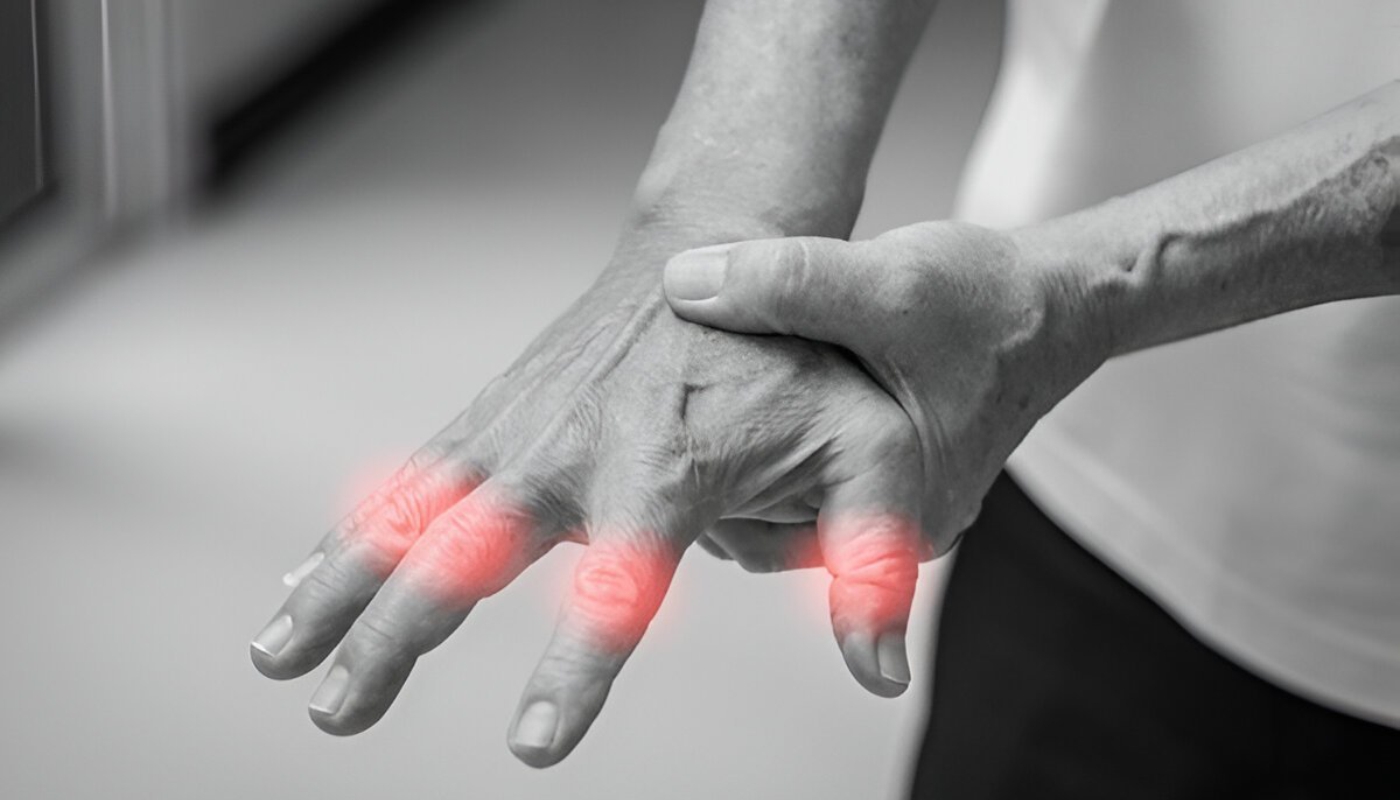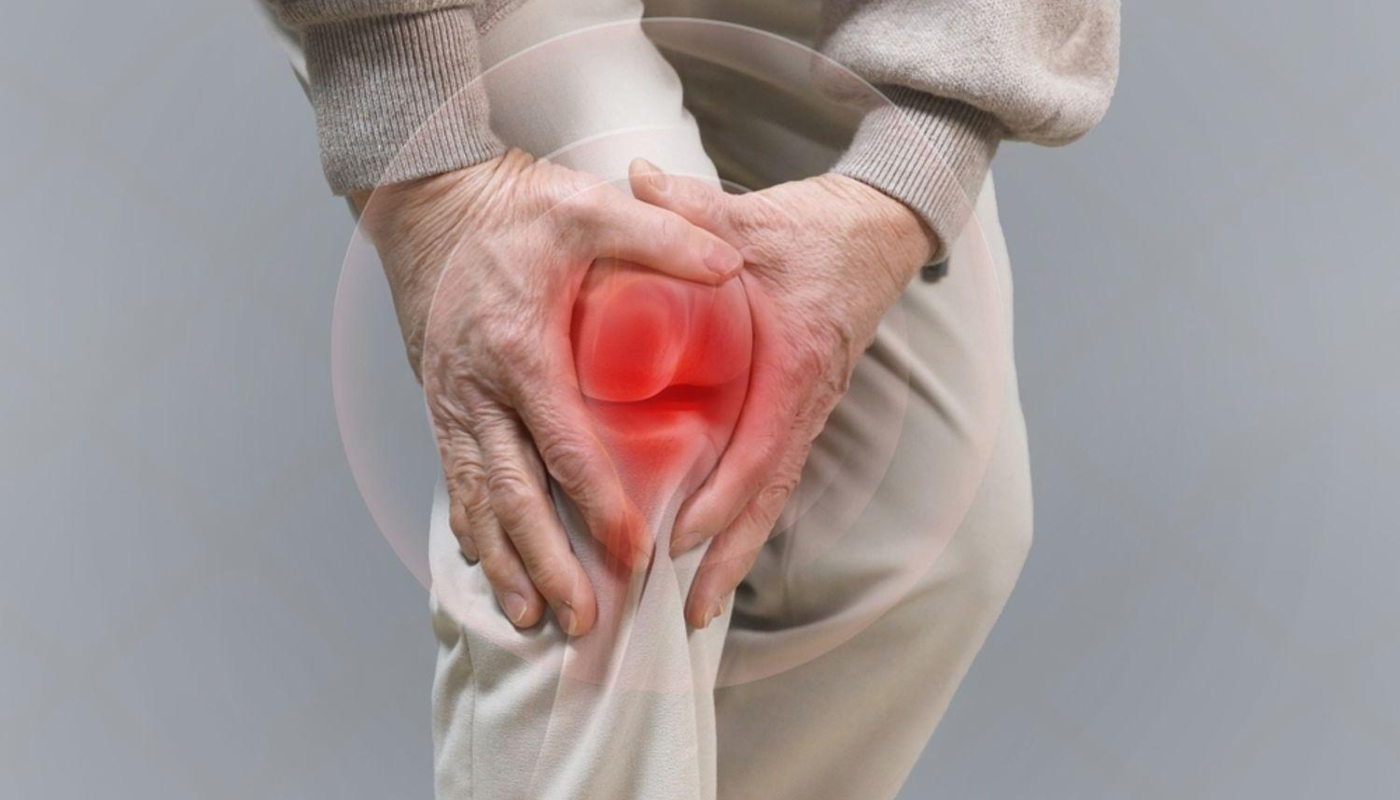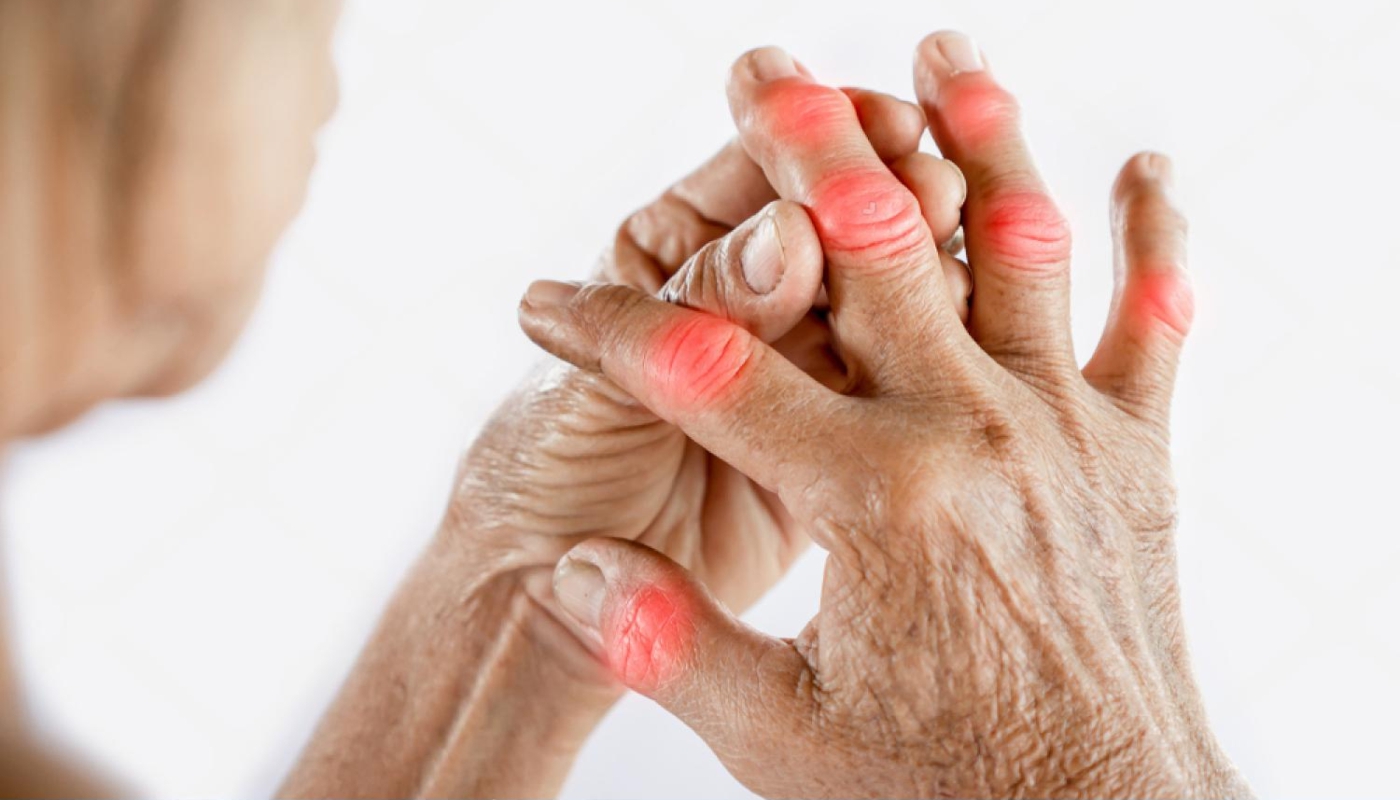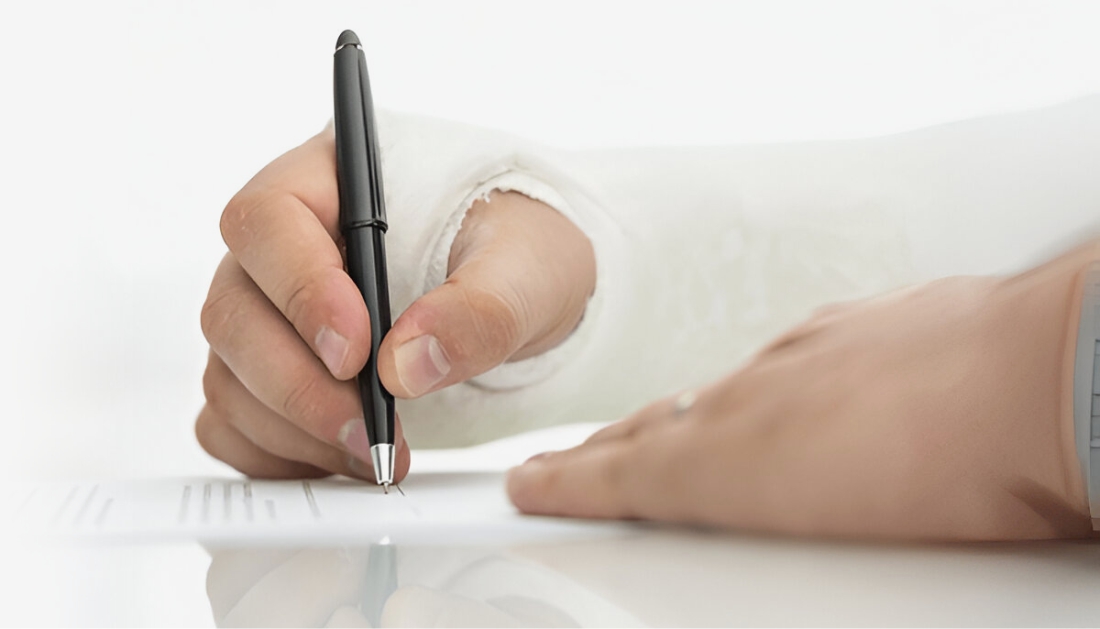When it comes to wrist fracture recovery, understanding the nature of wrist fractures and the recovery process is crucial for effective healing. A wrist fracture typically occurs when the wrist sustains excessive force, often from falls or sports injuries. These fractures can vary in severity, from simple hairline fractures to more complex breaks that may involve multiple bones.
Upon diagnosis, treatment usually begins with immobilization using a cast or splint to allow the bones to heal properly. The duration of this immobilization depends on the type and severity of the fracture, but it generally lasts from 4 to 8 weeks. During this time, it is essential to follow your healthcare provider's recommendations closely.
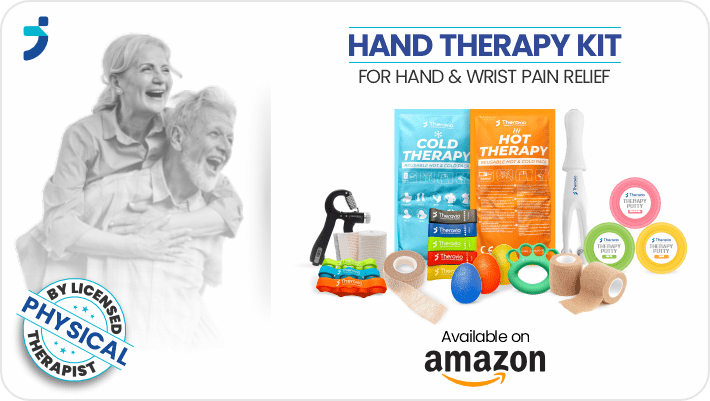
Once the cast is removed, the rehabilitation process begins. This phase is critical as it helps restore mobility and strength to the wrist. Effective rehabilitation strategies may include:
- Physical therapy: Engaging with a physical therapist can provide tailored exercises to enhance recovery.
- Gradual stretching and strengthening: Start with gentle movements and gradually increase intensity as you gain confidence.
- Pain management: Techniques such as ice therapy and over-the-counter pain relievers can aid in managing discomfort.
Incorporating these strategies enhances your chances of a successful recovery. For comprehensive support and tools designed for optimal healing, visit theravio.com and explore our resources for effective rehabilitation.
Importance of Proper Rehabilitation for Wrist Healing
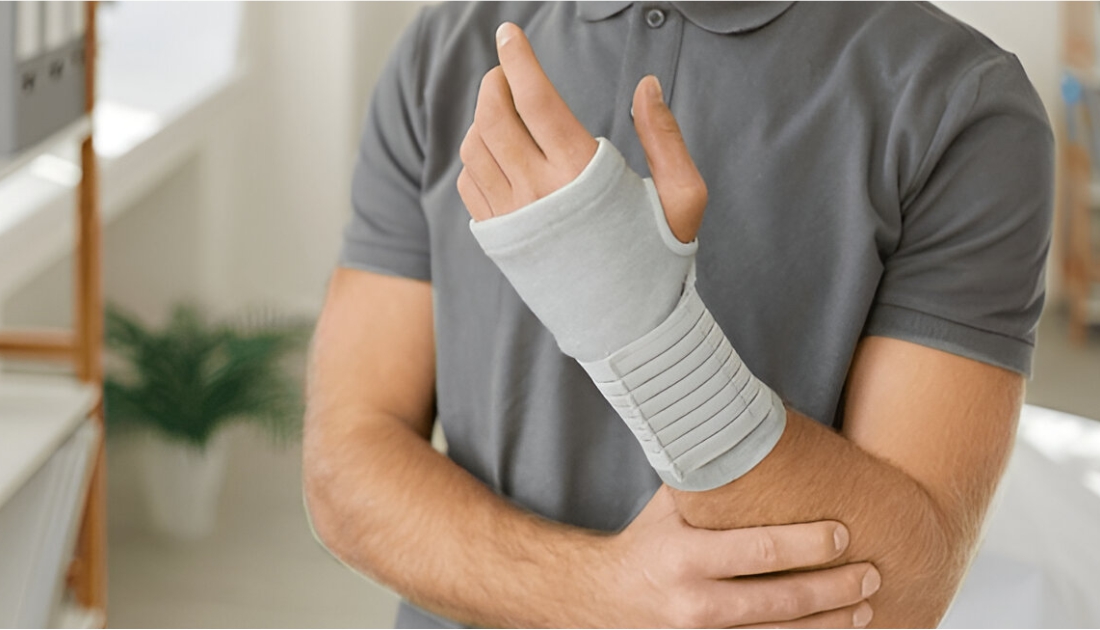
Proper rehabilitation is essential for effective wrist healing following a fracture. Many individuals underestimate the significance of rehabilitation, assuming that once the cast is removed, they can return to their normal activities. However, this misconception can lead to prolonged pain and impaired mobility.
Rehabilitation plays several critical roles in the recovery process:
- Restoring Range of Motion: After immobilization, the wrist may become stiff. Rehabilitation exercises help to restore flexibility and range of motion, enabling the wrist to function optimally.
- Building Strength: Weakness is common post-fracture. Targeted strength training during rehabilitation helps rebuild muscle strength, which is vital for daily activities.
- Preventing Complications: Engaging in a structured rehabilitation program reduces the risk of complications such as joint stiffness or chronic pain. A proactive approach to rehabilitation can significantly enhance overall recovery.
- Enhancing Confidence: As individuals progress through rehabilitation, they often experience improvements in functionality, which boosts confidence in their wrist's capabilities.
Ultimately, the goal of rehabilitation is to facilitate a smooth transition back to everyday activities, ensuring that individuals regain full function and avoid future injuries. By prioritizing a comprehensive rehabilitation strategy, patients can optimize their wrist healing journey.
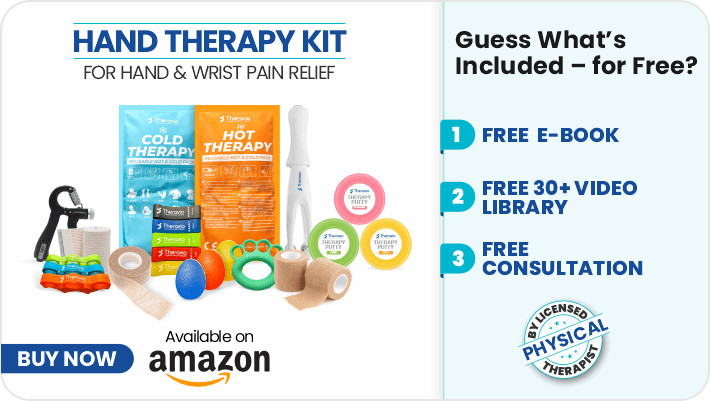
Effective Pain Management Strategies for Recovery
Managing pain effectively is a crucial aspect of the fracture recovery wrist process. Pain can not only hinder rehabilitation efforts but also impact overall quality of life. Here are several effective pain management strategies that can aid in recovery:
- Medication: Over-the-counter pain relievers such as ibuprofen or acetaminophen can help alleviate discomfort. In some cases, your doctor may prescribe stronger medications if necessary. Always consult a healthcare professional before starting any medication.
- Cold Therapy: Applying ice packs to the affected area can help reduce swelling and numb sharp pain. It is recommended to use cold therapy for 15-20 minutes every few hours, especially in the initial stages post-injury.
- Heat Therapy: After the initial swelling has gone down, heat therapy can be beneficial. Warmth can help relax and soothe sore muscles and joints, improving blood circulation.
- Physical Therapy: Engaging in physical therapy not only aids in rehabilitation but also provides pain relief through targeted exercises and manual techniques. A physical therapist can tailor a program to address specific pain points.
- Mind-Body Techniques: Techniques such as deep breathing, meditation, or gentle yoga can help lower stress levels and improve pain perception. Incorporating these practices into your routine can enhance emotional well-being during recovery.
Implementing a combination of these strategies can lead to a more comfortable recovery experience. When pain is managed effectively, individuals can focus on their rehabilitation goals and work towards regaining full function of their wrist.
Recommended Exercises to Improve Wrist Mobility
Improving wrist mobility is essential for a successful fracture recovery wrist. Engaging in specific exercises can help restore range of motion, strengthen muscles, and promote overall functionality. Here are some recommended exercises to incorporate into your rehabilitation routine:
- Wrist Flexor Stretch: Extend your affected arm in front of you with your palm facing up. Use the opposite hand to gently pull back on your fingers, stretching the wrist flexors. Hold the stretch for 15-30 seconds and repeat 3 times.
- Wrist Extensor Stretch: Similar to the flexor stretch, extend your arm with the palm facing down. With the opposite hand, gently push down on the fingers to stretch the wrist extensors. Hold for 15-30 seconds and repeat 3 times.
- Wrist Circles: Sit comfortably and extend your arm. Make slow circular motions with your wrist, moving in both clockwise and counterclockwise directions. Perform 10 circles in each direction to promote mobility.
- Finger Taps: While keeping your hand flat on a table, lift each finger one at a time and tap it back down. This exercise not only improves dexterity but also engages the wrist in movement. Aim for 10 repetitions for each finger.
- Wrist Flexion and Extension: With a lightweight (such as a small dumbbell or a water bottle), rest your forearm on a table, allowing your wrist to hang off the edge. Slowly flex and extend your wrist, lifting the weight without straining. Perform 10-15 repetitions for 2-3 sets.
Incorporating these exercises into your daily routine can significantly enhance wrist mobility and aid in recovery. Always consult your healthcare provider or physical therapist before starting any new exercise program to ensure it aligns with your specific recovery needs.
Nutrition and Lifestyle Tips for Faster Healing
Nutrition and overall lifestyle choices play a crucial role in the fracture recovery wrist process. Proper diet and healthy habits can significantly enhance your body’s ability to heal and restore functionality. Here are some essential tips to support faster healing:
- Consume a Balanced Diet: Focus on a diet rich in fruits, vegetables, whole grains, and lean proteins. These foods provide essential vitamins and minerals that are vital for bone health, such as calcium, vitamin D, and magnesium.
- Increase Calcium Intake: Calcium is a key component in bone healing. Incorporate dairy products, leafy greens, nuts, and fortified foods into your meals to ensure you’re getting enough calcium.
- Boost Vitamin D Levels: Vitamin D helps your body absorb calcium effectively. Spend some time outdoors for natural sunlight, or consider fortified foods and supplements if necessary.
- Stay Hydrated: Proper hydration is essential for overall health and recovery. Drink plenty of water throughout the day to support cellular functions and nutrient transport.
- Avoid Alcohol and Smoking: Both alcohol and tobacco can hinder the healing process, slowing down recovery and increasing the risk of complications. If possible, eliminate or reduce these habits during your recovery period.
- Incorporate Anti-Inflammatory Foods: Foods rich in omega-3 fatty acids, such as fatty fish, walnuts, and flaxseeds, can help reduce inflammation and promote healing. Additionally, spices like turmeric and ginger can offer anti-inflammatory benefits.
By adopting these nutrition and lifestyle strategies, you can create an environment conducive to healing, ultimately aiding in your recovery journey. Always consult with healthcare professionals to tailor your nutritional approach to your specific needs.
When to Seek Professional Help During Recovery
While many individuals experience a straightforward fracture recovery wrist process, there are times when seeking professional help is crucial. Knowing when to reach out to a healthcare provider can prevent further complications and ensure a smoother recovery. Here are some indications that you should consider consulting a professional:
- Persistent Pain: If you notice that your pain is worsening instead of improving over time, it may be a sign that something is not right. Persistent or increasing pain can indicate complications that need medical attention.
- Swelling and Bruising: While some swelling and bruising are normal after a fracture, if it becomes excessive or does not subside, it is important to have it evaluated by a healthcare professional.
- Loss of Function: If you are unable to perform basic movements or if your wrist feels unstable, this could signal a more serious issue requiring expert evaluation.
- Signs of Infection: Watch for symptoms such as redness, warmth, or pus around the fracture site. These could be signs of infection that necessitate immediate medical intervention.
- Difficulty Healing: If your fracture does not seem to be healing within the expected time frame, or if you have a pre-existing condition that might affect healing, it’s wise to seek professional guidance.
By being vigilant and aware of these warning signs, you can take proactive steps toward a safe and effective recovery. Remember, when in doubt, it’s always best to consult a healthcare professional.
For tailored resources and tools to assist you on your path to recovery, visit theravio.com for more information.




